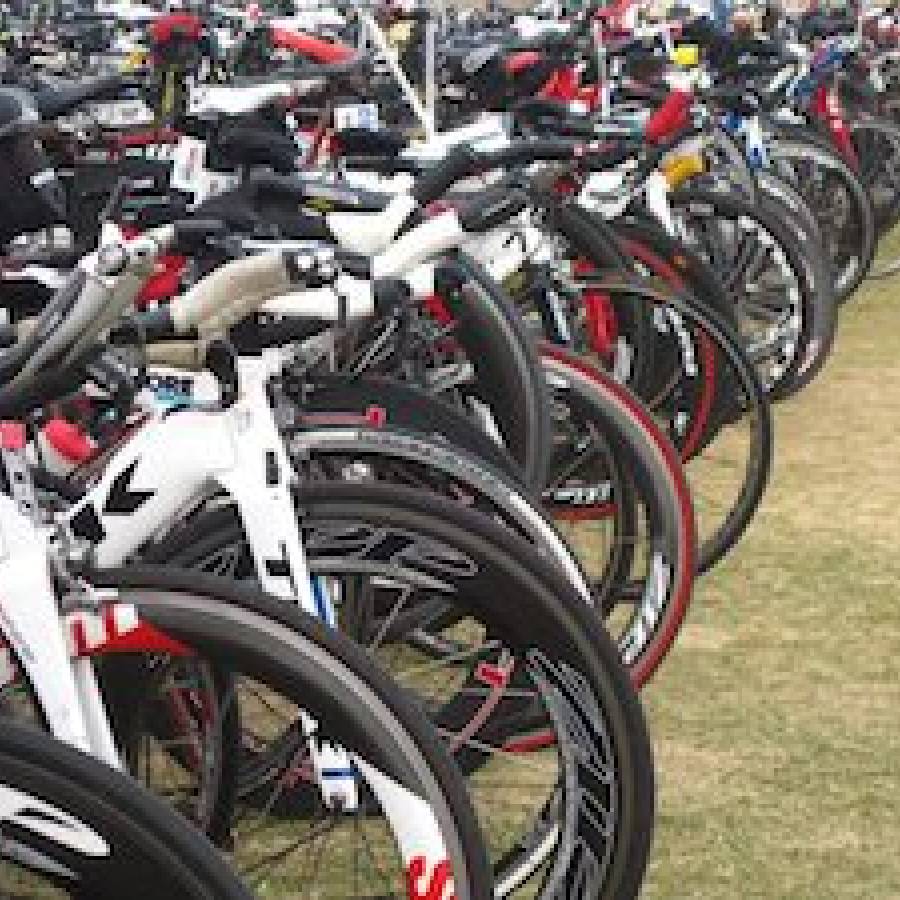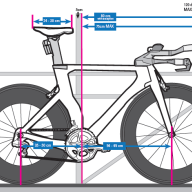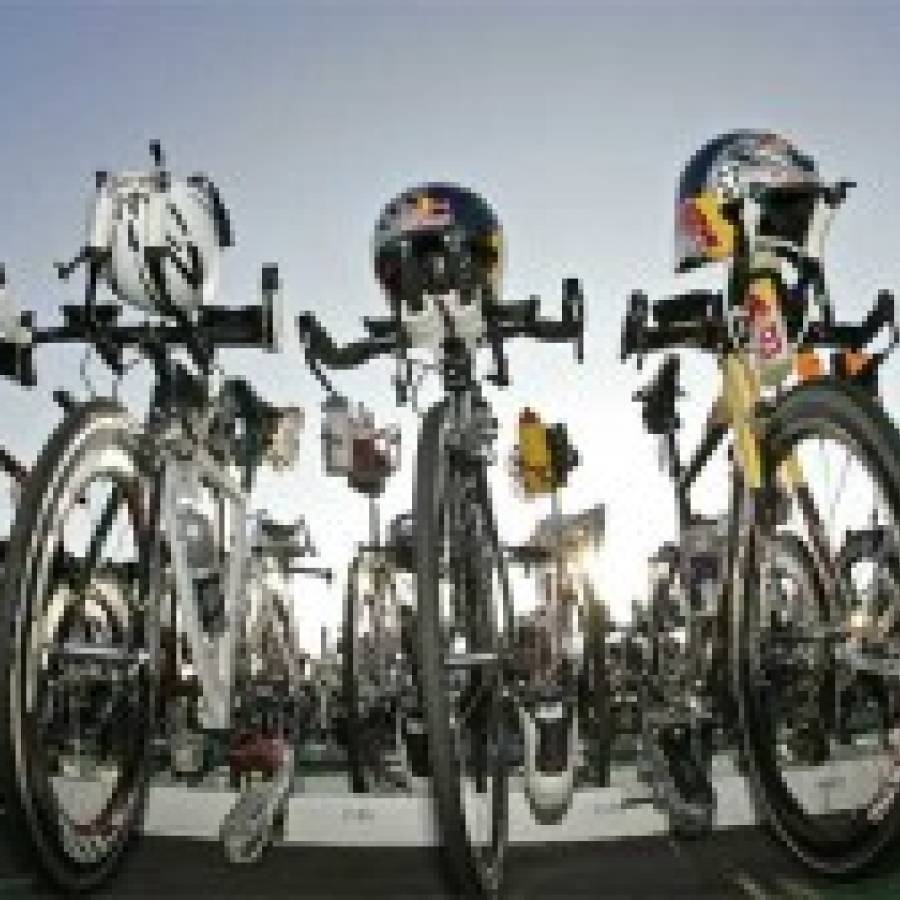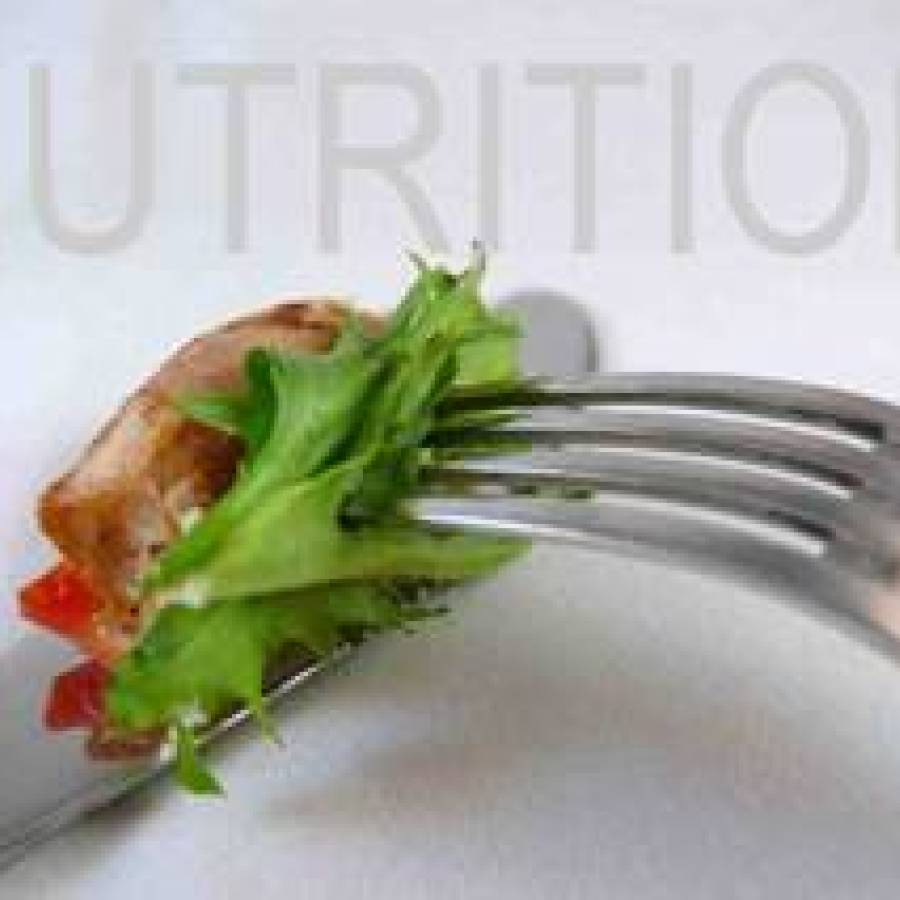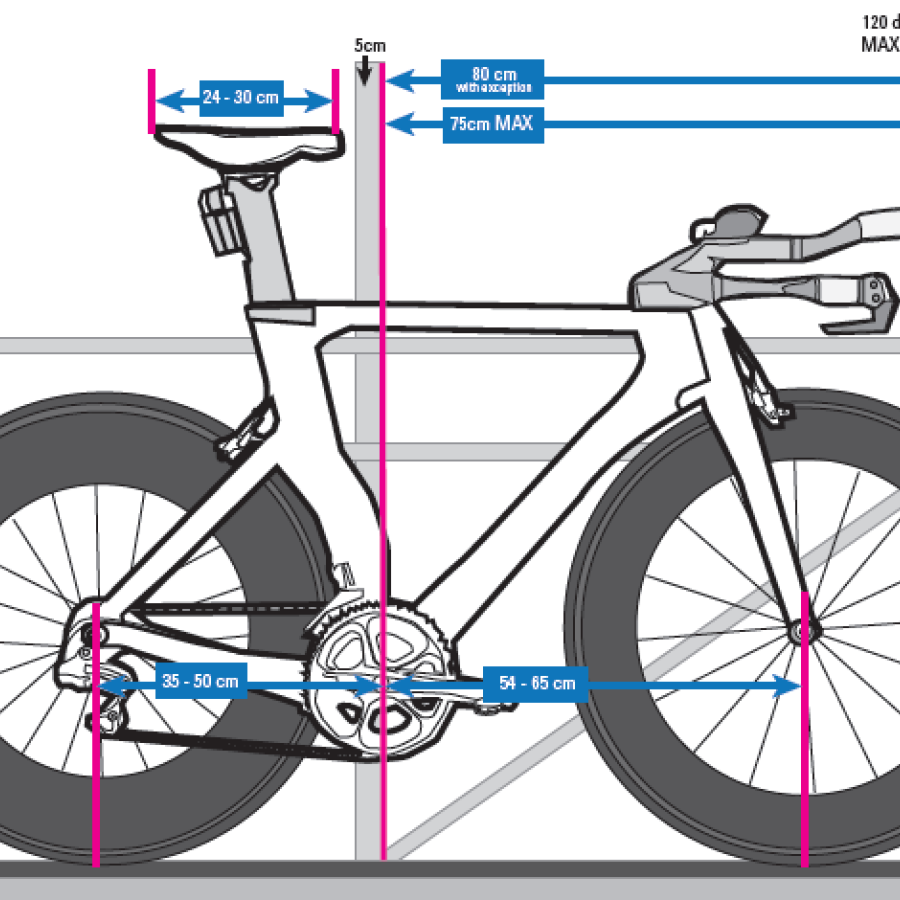The one topic I am asked most often to comment or talk about is nutrition. There are many different directions we can go with this topic including weight manage ment, training nutrition, race day nutrition, recipes, etc…. The best advice is to first have a goal, understand how your body works, understand how changes in your nutrition can help meet your goal, and be prepared to make a life style change. With that said, where do we start? Let’s begin with a basic understanding of food types, nutrition labels, and, portion controls. Future articles will further discuss these and other nutrition related topics.
There are three “Food Types” (better known as fuel sources) including Carbohydrates, Protein, and Fats. The primary role of carbohydrates, also referred to as “carbs,” is to provide energy. The best source of carbs are whole grains such as oatmeal, bread, pasta, and rice. Other examples include fruits, vegetables, some nuts, fiber, some beans usually sold dry. Something to remember; carbs provide 4kcal per gram. Why is this important to know? Think of it like this….carbs provide 4 miles to the gallon. Not really but this is a decent analogy. For every gram of carb, you have 4kcal of energy to use or burn depending on your goal.
Protein contains Amino Acids. Of the 22 amino acids the human body needs, there are 9 the body cannot manufacture. Theses are known as the essential amino acids and have to be obtained through diet. Examples of protein sources include eggs, soy, meat, fish, poultry, dairy products or all animal origin food also known as complete proteins. Incomplete proteins include grains, vegetables, and beans which if combined correctly can be complementary protein. Proteins also provide 4kcal per gram.
Fat is crucial to the body’s survival and for many years has been perceived as bad. Body fat is necessary for insulation and protection of organs and hormonal regulation. Fats are also carriers for fat soluble vitamins A,, D, E, K, and supply essential fatty acids. Fats are either saturated (meat, dairy, butter, or animal based), monounsaturated (olive, canola oils, etc.), and polyunsaturated (corn, safflower oils). Another thing to remember…fats provide 9kcal per gram.
Question, which of these 3 fuel (food) types is the most economical? We’ll discus each of these fuel sources in greater detail in future articles. Why do we refer to food as fuel? Whether your goal is to loose weight or better support training needs/goals, viewing food as fuel provides a better perspective of how to incorporate necessary lifestyle changes. Eating habits become part of the process in which you reach your goal. We feed our body fuel in much the same way we fill a tank with gas. One difference is the tank has a limit and cannot store the excess fuel on the fender or in the trunk like our body can. Another is that your car’s engine will run only with gasoline. You cannot put milk, juice, or beer in the tank and except it to run well. Yet so many of us put junk in out body and wonder why we don’t feel, look, or perform well. Go figure?
Things to remember…
1. Carbs provide 4kcal per gram
2. Protiens provide 4kcal per gram
3. Fats provide 9kcal per gram
4. Food is fuel
- By Tony Troccoli, www.coach-tony.com












